History originally published September 7, 1984
America was a different place in the Thirties. It was a land of coal and coke, iron and steel. It was a time when motor oil was judged by where it came out of the ground. Man was muscle and sweat was honest. The throb of the foundry was the pulse of the country that even the tentacles of a global depression could not still completely.
Moreover, it was a time when individuals mattered. It was a time for heroes: Lou Gehrig, Amelia Ehrhardt, Bette Davis, Clark Gable, Jesse Owens and…
And then there was Erret Lobban Cord.
E.L. Cord was a hero, E.L. Cord was a sensation. E.L. Cord was a wheeler-dealer, a financier of the first order with a flair for automobiles.
Horatio Alger would’ve been proud of Cord. In 1920, he was selling used cars in Los Angeles at the age of 26. Less than 10 years later, he would be head of the company that made the most prestigious car in America, the Duesenberg, as well as the snazzy Auburn and the innovative Cord L-29.
Ah, the L-29. It was the first American front-wheel-drive passenger car into production – though Ruxton had announced earlier – and more successful than Ruxton as well. Even so it was an elegant failure. Unusual handling traits and lackadaisical acceleration, combined with poor reliability from the front-wheel-drive’s universal joints, sealed the car’s doom. From 1929 to 1932, just over 4,400 units were sold.
E.L. Cord, however, was not one to be deterred. No, not the man who salvaged Auburn with that then unheard-of philosophy that “style” sells automobiles, not the man who in 1924 was able to move the 500 Auburns languishing in the company lot mostly by repainting them, not the man who had in 1926 talked Fred and Augie Duesenberg into a partnership. That even if his empire had already started to crumble.
For it had. The cracks were appearing. There were investigations into Cord’s stock dealings, and in 1932 the Auburn automobile company, which had built the L-29, suffered its first loss – almost $1 million – though the parent Cord Corporation raked in almost a million and a half in profits, made mostly on the stock market. In ’33, Auburn lost $2.3 million. Things were going from bad to worse. E.L. Cord’s Midas touch was faltering, and in 1935, the Cord Corporation itself lost money. But E.L. pressed on regardless, giving the order, on August 10, 1935, to build a new car.
It was a crash project. Models had to be ready for the November auto shows and, it was promised at the shows, delivery after the first of the year. History says they did it. It had a new Lycoming V-8, front-wheel-drive, and a head-turning body designed by Gordon Buehrig. They called it the Cord 810.
The car was a styling masterpiece, rolling perfection in American art deco. If the Emerald City of Oz had automobiles, they would have been Cords. But whereas art deco industrial design often meant excesses in chromium furbelows, the Cord 810 was clean-lined and almost aeronautical in appearance. The fenders looked like nothing so much as airplane wheel spats, and even the Cord emblem on that famous “coffin” hood had wings.
But there was more: the sedans, including the Westchester belonging to A.C. Rosner of Washington, D.C., that AutoWeek recently drove, had fastback styling. The door hinges were concealed, an industry first, as were the headlights, raised and lowered by small hand cranks it either end of the dash. The Cord owner’s manual “earnestly requested” that the headlights be left down except when in use. It would, the manual promised, “ensure economical performance at high speeds, greatest freedom of motion (whatever that means)… reduce wind noises, and add immeasurably to the beauty of the new Cord.” (Rosner’s 810 is also equipped with driving lights, which surely negate all of the above, “freedom of motion” in particular).
Lycoming’s V-8 was installed longitudinally aft and the transmission ahead of the front axle line, which provided much better balance than the ill-fated L-29’s arrangement. As an antecedent to automatic transmissions and as a solution to the problem of shift linkage to a transmission located an engine away, an electrically-shifted pre-selector transmission was used. The gear selector switch is located on a stalk off the steering column, resembling a miniature gated shift lever with four speeds and reverse. It’s the first thing the neophyte driver notices after entering through the suicide opening front door. That and the dazzling art-deco-in-a-machine-shop dash. Centered in the dash, it’s an engine-turned panel full of gauges, including a tachometer and a glass tube-type coolant “thermometer.” Even the radio is styled to look like a gauge. The speaker, in a novel approach, is located above the windshield.
There were two sedan styles, the Beverly and the Westchester, differing primarily in upholstery. Rosner’s is the latter, and it is more art deco. If Wurlitzer jukeboxes had styled interiors, this is how they would look. Even the maroon headliner is accented by white piping.
The engine is started by a “Startix” unit; one turns the key to the right and fully depresses the clutch pedal. If all is right the starter will turn and the engine will start. Then, with the car at rest, first or reverse can be selected. There will be an audible clunk and the clutch can be engaged in the normal manner. Underway – assuming first was selected – the lever can be moved to second. With revs not exceeding 1500 RPM, the clutch is depressed, a clunk felt, the clutch re-engaged, and there’s second. For third is the same, though one can run up to 2500 RPM before shifting, and for the 3-4 shift there’s only the engine rev limits to be concerned with.
The undersquare Lycoming flat-head V-8 displaces 288 cubic inches and has a compression ratio of 6.5:1, but still manages to feel torquey on a drive down a hilly winding road. In standard form, it produced 135 hp at 3500 RPM, but with the optional Sweitzer-Cummins supercharger – which this car unfortunately didn’t have – horsepower went to 195. With a top speed of almost 110 mph, it was one of the fastest road cars in America.
In the corners the Cord stayed flat and actually inspired confidence, its single transverse leaf spring with independent front trailing arm suspension soaking up the ripples. At low speeds, however, the steering became quite heavy, and thanks to the outboard constant velocity joints, the steering circle quite limited. Woe betide he who need turn around on a narrow road.
In addition to the sedans, there was also the Sportsman two-passenger coupe and a four passenger “phaeton-sedan,” which you would call a convertible. In 1937, the model designation was changed to 812 and two long-wheelbase sedans were added.
But it was all for naught. Cord’s empire collapsed, E.L. Cord selling out on August 6, 1937, with automobile production ceasing on the following day. The final tally was 1,174 model 810s, and 1,146 model 812s.
But shed no tears for Erret Lobban Cord. Heroes have a way of being heroes, and Cord went on to other fortunes in radio and real estate and other things. The loss, such that it was, was a great automobile, and the loss belonged to America.








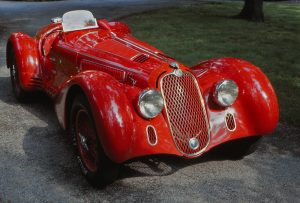
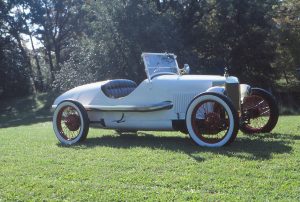
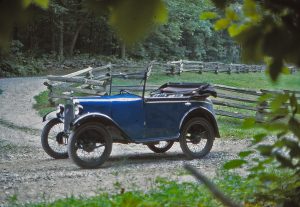
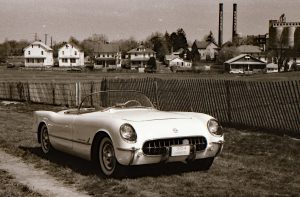

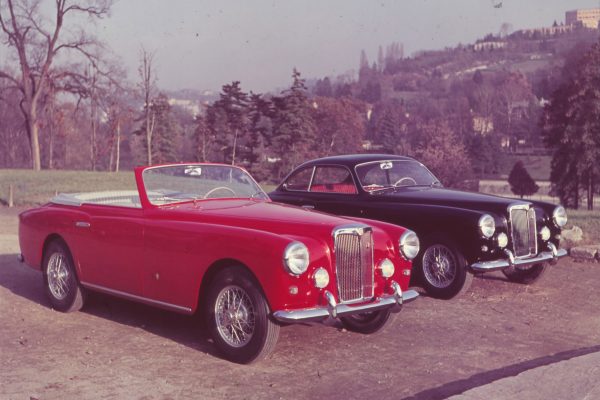
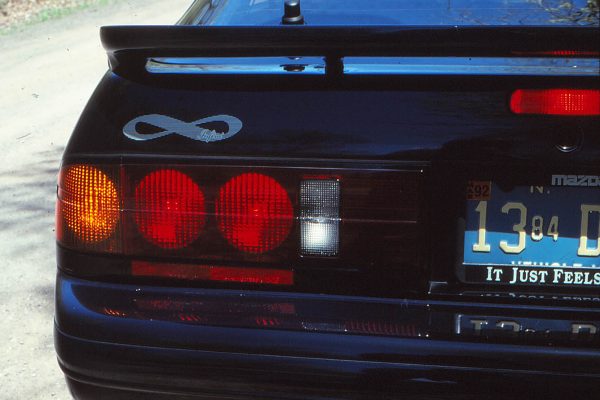
What Do You Think?
You must be logged in to post a comment.